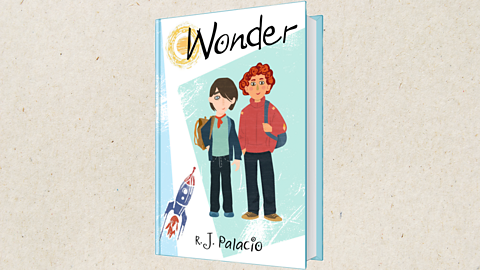Key points

The Curious Incident of the Dog in the Night-Time was written by Mark Haddon and published in 2003.
The book is told from the perspective of Christopher Boone. Christopher is 15 years old and is neurodivergentNeurodiversity is all about understanding that peopleтs brains are different. We all think and learn differently, have different attention spans and experience different moods - and that is completely normal..
At the start of the book, Christopher finds his neighbourтs dog, Wellington, has been murdered. Christopher sets out to solve the mystery of who killed him.
The book explores themes of truth, logic and independence.

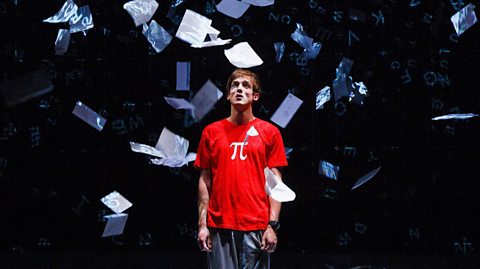
Did you know?
The Curious Incident of the Dog in the Night-Time was made into a stage play in 2012. The play was very successful, winning lots of awards and touring widely.
Plot
Christopher Boone is 15 years old and lives with his father in Swindon. He believes that his mother died two years ago.
One night, Christopher finds his neighbourтs dog, Wellington, dead. Wellington belonged to Mrs Shears.
At school, Christopherтs teacher asks him to write a story. He decides to write a murder mystery about who killed Wellington. Christopher suspects Mr Shears, who left Mrs Shears two years ago.
Another neighbour, Mrs Alexander, tells Christopher that his mother was having a relationship with Mr Shears. Christopher writes this down in his book.
Christopherтs father finds the book. He gets very angry and hides the book away.
Christopher finds his book in a box, along with lots of letters addressed to him from his mother. In the letters, she explains that she left his father and moved to London with Mr Shears. Christopher becomes confused and upset.
Christopherтs father says that he lied to him about his mother dying because he didnтt know how to explain the truth. He also admits that he killed Wellington. Christopher becomes afraid of his father and decides to go to London to find his mother.
He finds his motherтs house, but Mr Shears is unwelcoming. Christopher and his mother leave London and move back to Swindon.
Christopherтs father works hard to prove that he can be trusted. He buys Christopher a puppy.
Christopher receives an A grade for his Maths A-Level and begins to plan his future. He wants to take more A-Levels, go to university and become a scientist.
Activity
Characters
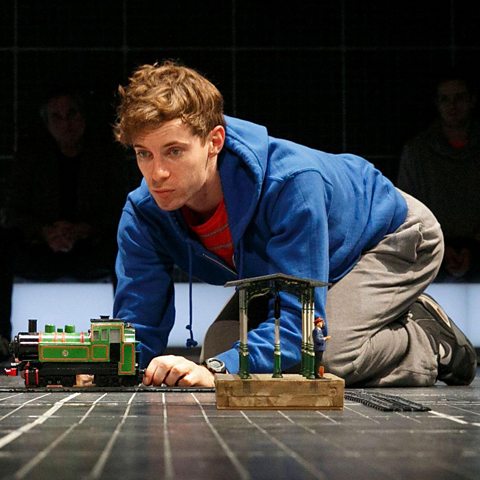
Christopher Boone
Christopher is 15 years old and is neurodivergentNeurodiversity is all about understanding that peopleтs brains are different. We all think and learn differently, have different attention spans and experience different moods - and that is completely normal.. He really likes maths and thinks that telling the truth is very important. Lies make him feel like things are unstable. He has a pet rat called Toby.
Christopher notices and remembers lots of details which means that new places can be very overwhelming for him. He has trouble understanding facial expressions and body language.
When he is in a situation that he finds overwhelming, Christopher tries to distract himself with difficult maths problems. He finds the logic of maths very calming when things around him donтt make sense.

Ed Boone
Ed is Christopherтs father. He is patient but sometimes gets angry, especially as a result of his wife leaving. Ed regrets lying to Christopher and is willing to work hard to regain his trust.
Judy Boone
Judy is Christopher's mother. Two years before the start of the story, Judy left to live with Mr Shears in London. She doesn't know that Christopher thinks she is dead.
Christopherтs mother is less patient than his father. She found Christopherтs neurodiversity frustrating. By the end of the book, she begins to be more accepting of Christopherтs behaviour.
Other characters
Other important characters are Siobhan, Mrs Shears, Mr Shears and Mrs Alexander.
Siobhan is Christopherтs teacher. She helps him to understand the way other people think and behave. She also teaches him coping strategies, like counting when he is stressed.
Mrs Shears lives opposite Christopher and his father. She is Wellingtonтs owner. Mrs Shears helped Christopherтs father after his mother left, but she didnтt want a relationship with him.
Mr Shears left his wife to go and live with Christopherтs mother. He isn't welcoming to Christopher when he arrives in London.
Mrs Alexander is one of Christopherтs neighbours. She is kind and answers his questions about Wellington and Mr Shears.
Activity
Themes
Themes are the main ideas that appear repeatedly in a novel. Some of the important themes in The Curious Incident of the Dog in the Night-Time are:
- Truth
- Logic
- Independence
Truth
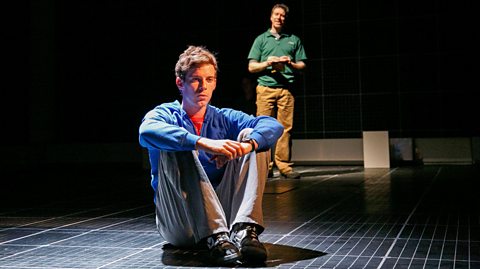
Lies make Christopher feel unsteady and sick so telling the truth is important to him. He associates truth with love, saying that:
loving someone is helping them when they get into trouble, and looking after them, and telling them the truth.
When he finds out that his father has lied to him, he thinks his father doesn't love him anymore.
By the end of the story, Christopher begins to accept that the truth can be just as painful as a lie.

Logic
Christopher tries to apply logic to everything he does. For example:
He decides whether he will have a good day or a bad day by the colours of the cars he sees on his way to school.
He uses prime numbers as the chapter numbers in his book because there is a logic to them even though they seem random.
Christopher really likes the fictional detective Sherlock Holmes because he uses logic to solve mysteries. Christopherтs decision to write a murder mystery is inspired by Holmes.

Did you know?
The title, The Curious Incident of the Dog in the Night-Time, refers to a line spoken by Sherlock Holmes in The Adventure of Silver Blaze by Sir Arthur Conan Doyle.

Independence
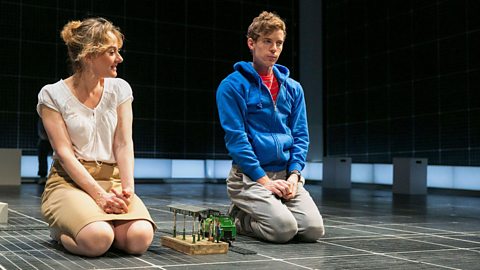
Throughout the book, Christopher becomes more independent. He finds new places and situations overwhelming, but pushes himself to achieve his goals. For example:
Christopher usually avoids talking to strangers, but he talks to his neighbours in order to find out more about Wellingtonтs death.
Christopher has never travelled by himself, but he takes the train to London.
When in London, Christopher has to talk to strangers and put himself in situations he finds very stressful in order to get to his motherтs flat.
Although Christopher sees the world differently, by the end of the book, he has passed his A-Level maths exam and is planning his future.

Activity
Language
Writers choose words and phrases carefully when they write. Readers can look closely at texts to think about how and why the writer made these choices.

First-person narrative
The Curious Incident of the Dog in the Night-Time uses a first-person narrativeA first-person narrative is when the story is told from the point of view of one person using the pronoun тIт. The protagonistThe main character in a novel, play or film., Christopher, tells the story. This allows the reader to see how Christopher thinks and how he interprets different events.
Christopher reacts with logic rather than emotion. This gives the writing a matter-of-fact quality. He tries to tell events in the order they happened so many sentences begin with , like 'and' and 'then'.
Christopher doesnтt enjoy detailed descriptions, but his teacher advised him to include some "so that people could read them and make a picture in their own head". His descriptions are straightforward and he sometimes includes drawings or diagrams to better explain what he means.

Activity
Structure
Structure refers to how written text is organised т the way the story is ordered and shaped.
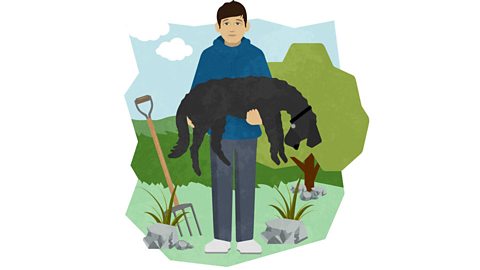
Alternating chapters
The Curious Incident of the Dog in the Night-Time alternates between chapters about the murder mystery investigation and chapters about Christopher's interests or past. For example:
In the second chapter, Christopher explains that he cannot read facial expressions
In the fourth chapter, Christopher explains that he is writing a murder mystery story because he really likes Sherlock Holmes
In the sixth chapter, Christopher explains why he cannot tell jokes.
These chapters help the reader to understand more about Christopherтs life and viewpoint.
They also create tension because after each part of the murder mystery story, the reader has to wait a chapter to find out what happens next.

Christopher uses prime numbers for the chapters, but what are prime numbers?
Prime numbers are numbers that only have two factors. This means they can only be divided by themselves and 1. For example:
- 19 is a prime number. It can only be divided by 1 and 19.
You can find out more about prime numbers on KS3 Bitesize Maths.
Context
The contextThe factors surrounding a text that help us to understand it; the background events that help to explain something. in which a novel was written can sometimes reveal more about its themes, message and meaning.
Neurodivergence
Christopher's particular type of neurodivergence is never stated in the book. This means that the reader doesnтt bring their own expectations about how Christopher will think or act.
Some of Christopherтs behaviours are similar to those associated with Autistic Spectrum Disorder (ASD). Although everyone with ASD is different, there are some things that may commonly affect people with autism:
- Finding communication hard
- Difficulty understanding how other people feel
- Becoming anxious or upset in unfamiliar situations
- Doing the same thing over and over
Autistic people have things that theyтre good at as well as things they find difficult, just like everybody else. This is true of Christopher. He is very good at maths and applying logic to solve problems. He notices lots of details and he has an excellent memory.
Check your understanding
Play Bitesize secondary games. gamePlay Bitesize secondary games
Have fun playing science, maths, history, geography and language games.

More on Literature
Find out more by working through a topic
- count15 of 18

- count16 of 18

- count17 of 18
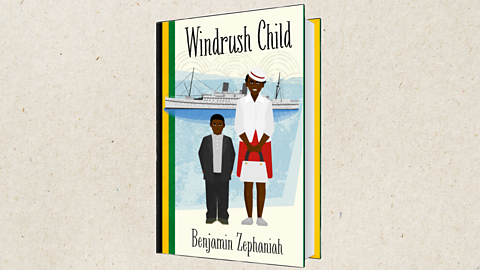
- count18 of 18
